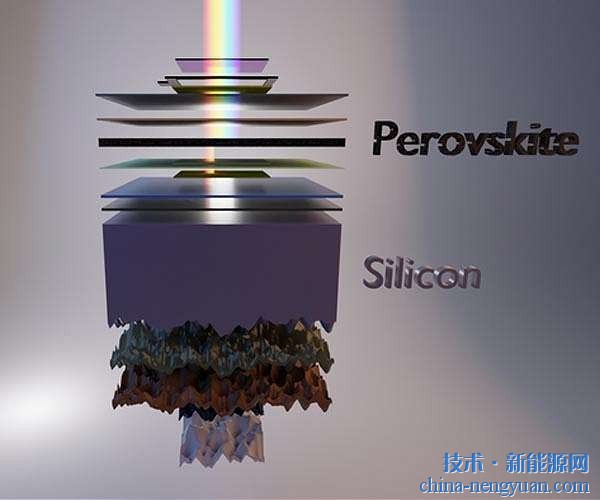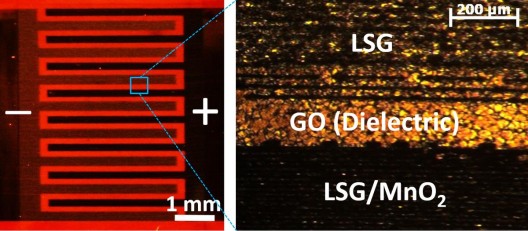 |
The scientific team at the California Nanotechnology Institute of the Greater Los Angeles campus (UCLA) has developed a new type of hybrid supercapacitor: it has a high-energy-density battery pack and fast charge-discharge characteristics. Compared with the current commercial supercapacitors, the hybrid supercapacitor has an energy density as high as six times that of the former, and the unit volume of electricity is comparable to or even higher than that of the lead-acid battery, but it has a high charge-discharge rate that the battery pack does not have. A hybrid supercapacitor with all these excellent features may improve the current state of the battery technology, apply to lightweight compact electronic devices, and electrically-powered vehicles that achieve high-speed charge and discharge in seconds and have similar reserve capacity to the battery pack.
The high-performance hybrid supercapacitor project is led by Prof. Richard Kaner and Dr. Maher El-Kady. Like other supercapacitors, it can quickly realize charge and discharge, and has more than 10,000 cycles of charge and discharge cycles. However, the density of the stored electrical energy can be up to six times the capacity of an ordinary supercapacitor, and a 1/5 paper thickness hybrid supercapacitor can store 2 times the capacity of a thin film lithium battery of the same volume.
The intensity of the storage capacity of the super capacitor depends on the contact area of ​​the electrolyte (liquid) between the electrodes of the device, and the larger the contact area, the higher the storage density. Early hybrid supercapacitors used a porous structure to maximize the contact area, but due to the large gap between the holes, the performance efficiency was greatly reduced. Under the leadership of Prof. Kaner and Dr. El-Kady, the research team improved the use of manganese dioxide electrodes and used a special 3D laser-etched graphene (LSG) material, which has high electrical conductivity and porosity. And the maximum surface area is designed so that the energy density is greatly increased.
"The electrodes are very thin (about 15 microns), but this LSG/manganese dioxide electrode capacitor structure can store much more charge than a 100-200 micron thick commercially available supercapacitor, with much higher energy density." El- Dr. Kady said so. According to the team's claim, the new hybrid supercapacitor energy density can reach 42Wh/L, while the commercially available supercapacitor is 7Wh/L and the charge density can reach 10 kW/L. The team is further developing how to mass produce hybrid supercapacitors.

High Tensile Rockfall Mesh,Rock Fall Protection Mesh,High Tensile Rock Netting,High Tensile Rock Fall Netting
ANPING HONGYU WIREMESH CO.,LTD , https://www.hongyu-wiremesh.com
